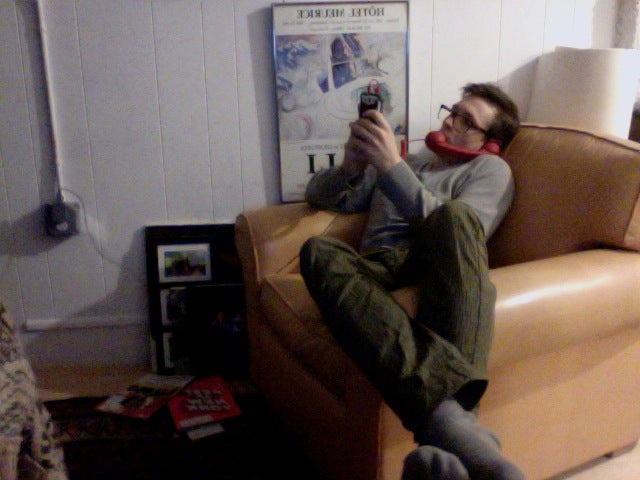
In the wake of the disaster that was Hurricane Sandy in the fall of 2012, there was much talk about the detrimental impact of mold, dust, and other airborne particulates in the structures struck hardest by the hurricane.
One architecture and art studio, MODU, sought to explore how indoor air is uncontrollable, in particular with relation to what came out of the hurricane. MODU designers put together the Weather (Un)Control project, one year after Sandy, using two forms of air contamination, namely dust and static electricity.
“Ten percent of New York City buildings sustained storm damage during Hurricane Sandy,” MODU wrote. “While billions of dollars were spent on the recovery effort, the storm’s invisible effects still linger in the air. Health risks in the indoor air of buildings—in the form of mold and dust—are beyond the reach of health officials, who rely mostly on outdoor air monitors. Weather (Un)Control focused attention on indoor air contaminants.”
The most interesting revelation of the exhibit comes in the fact that not only did the storm contribute to the amount of pollutants in the air, but the cleanup effort drastically increased the presence of asbestos, silica, and gypsum. Because no government agencies monitored indoor air quality, that responsibility fell to insurance companies. To represent this drawback, MODU created a wall of “dust drawings” that were only visible under ultraviolet light. The project won a Grant Award form the Robert Rauschenberg Foundation, itself no small feat. Check it out in action and read more on the designer's website.
RELATED: The 15 Funniest Hurricane Sandy Memes
[via PSFK]

